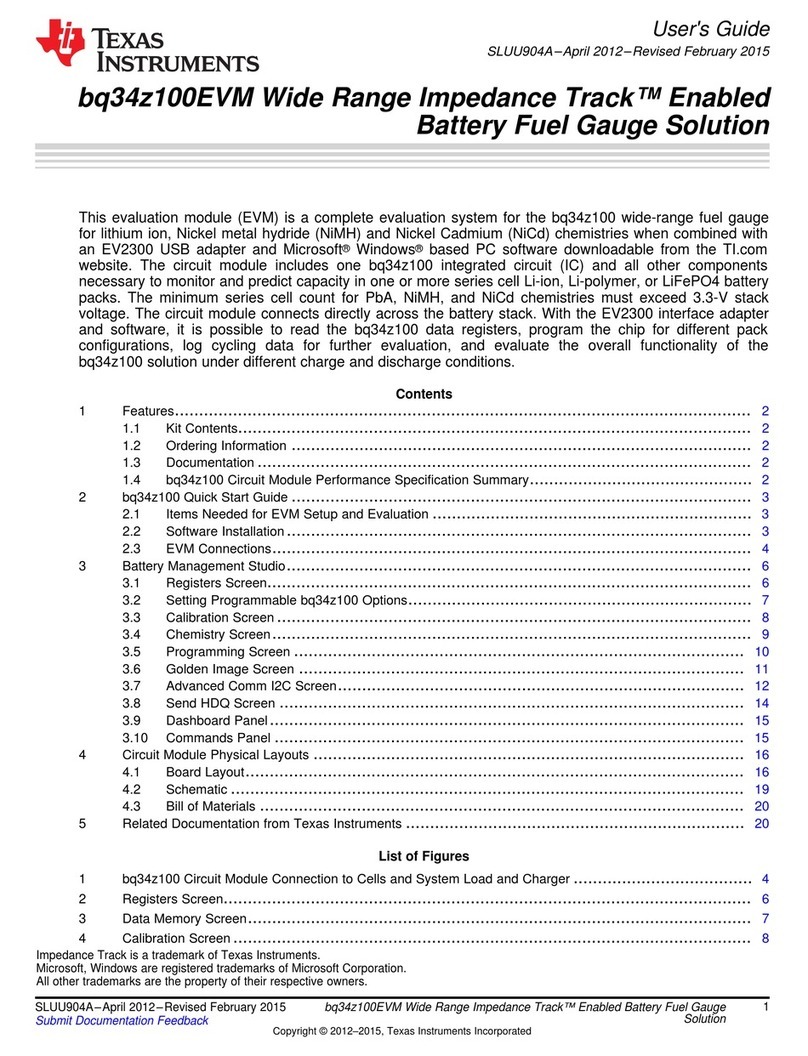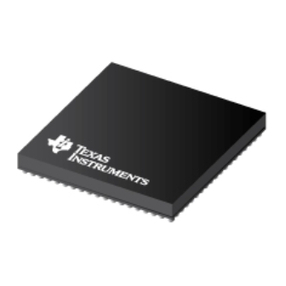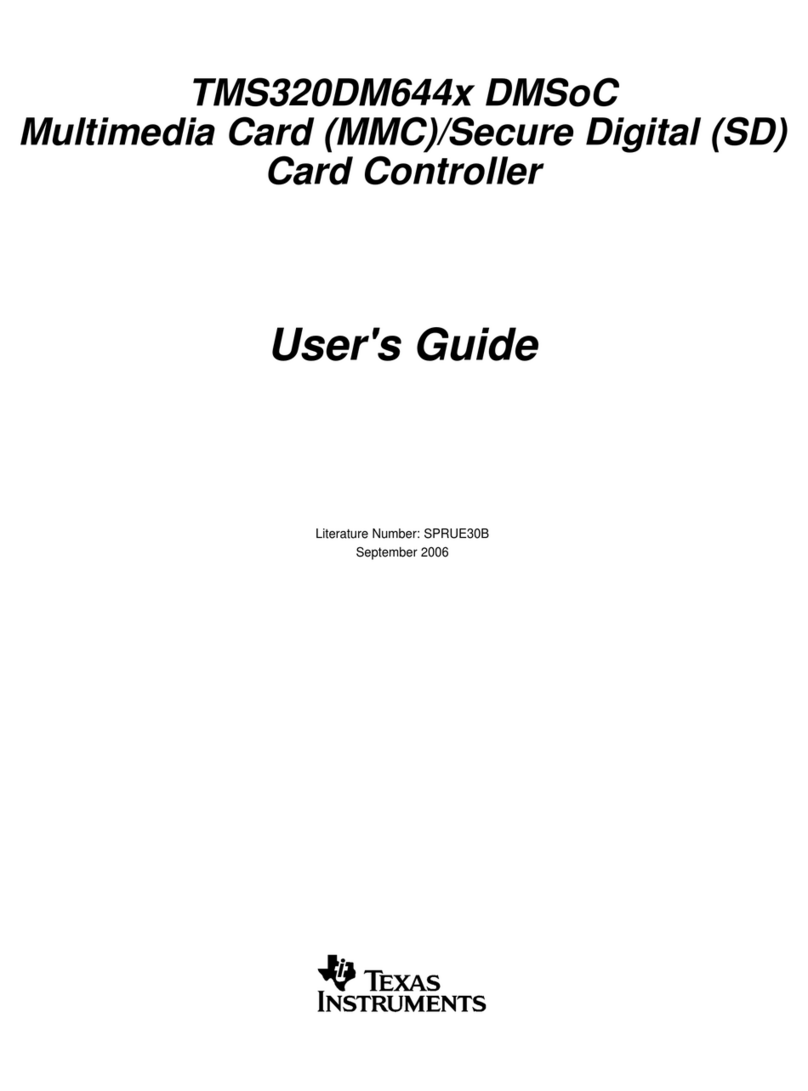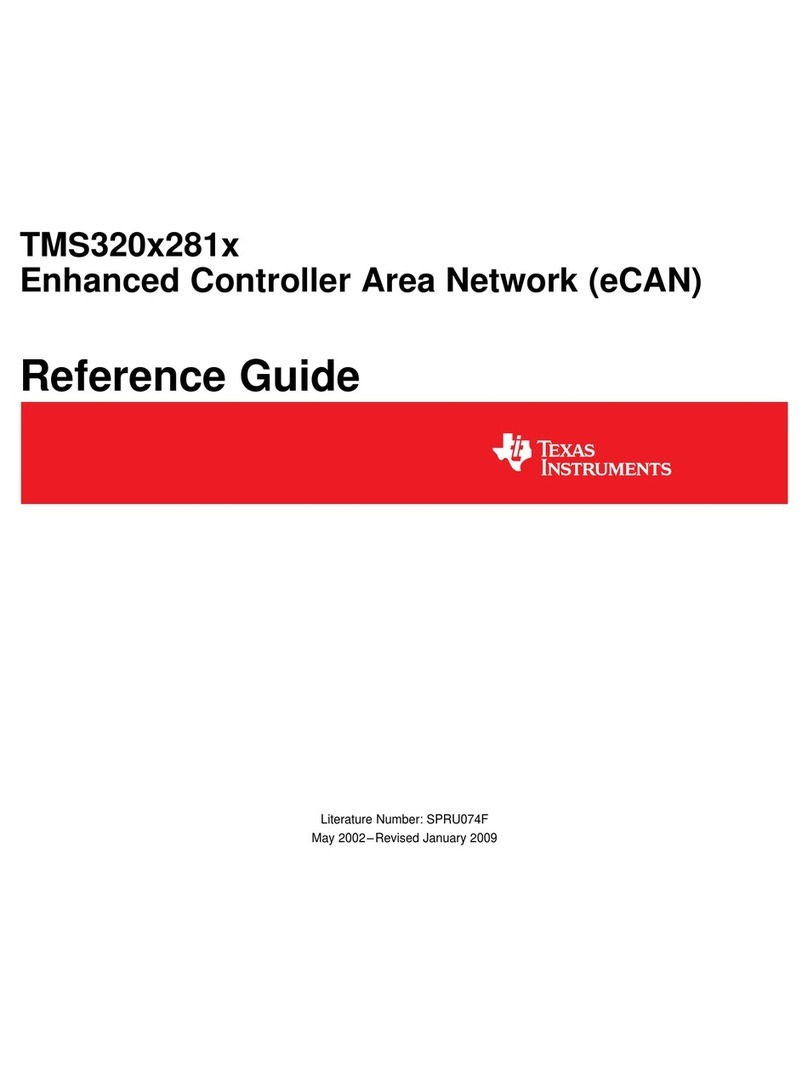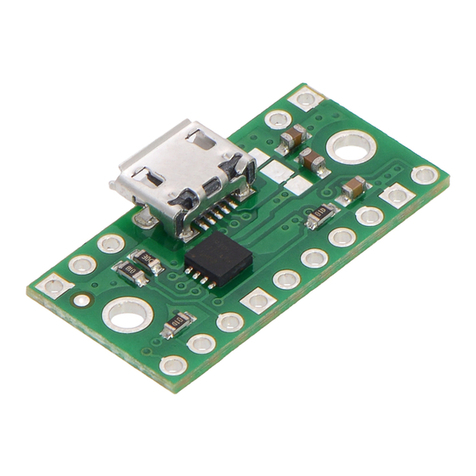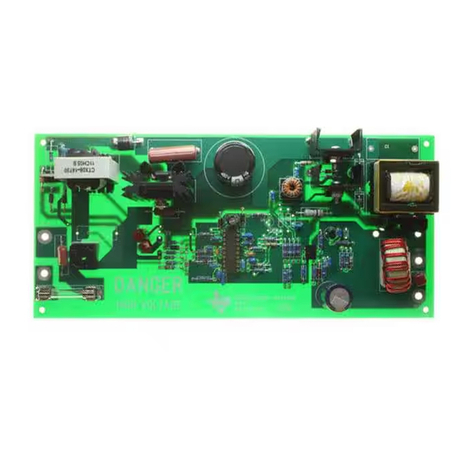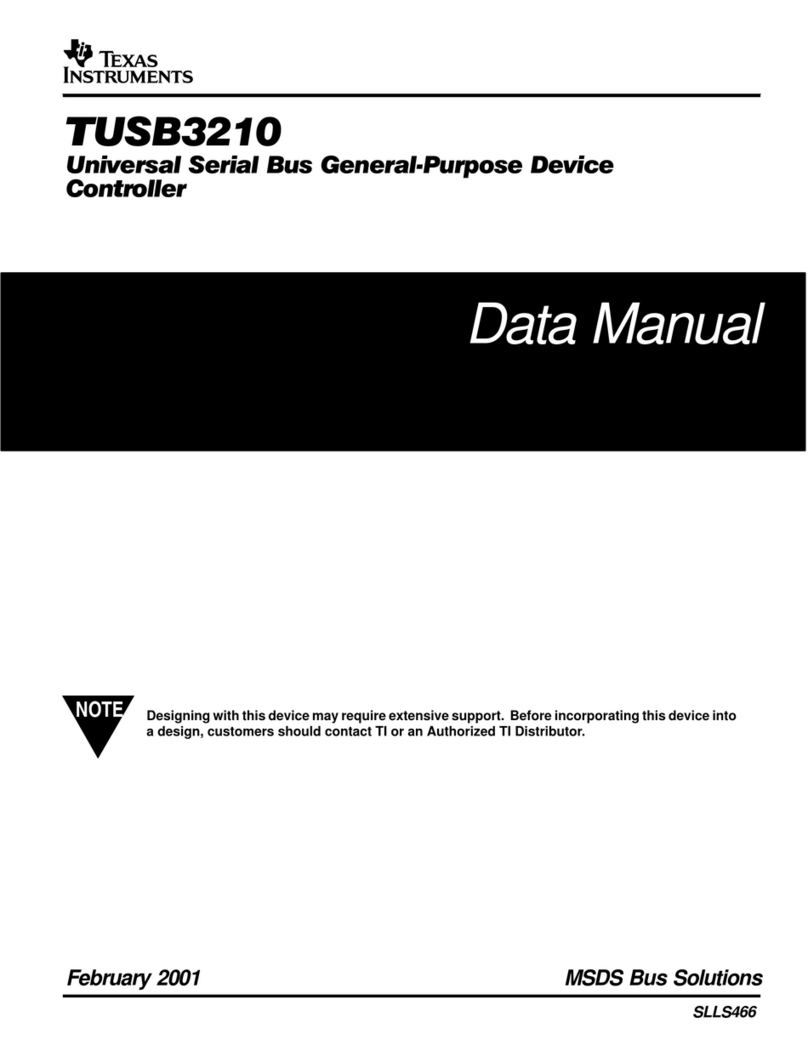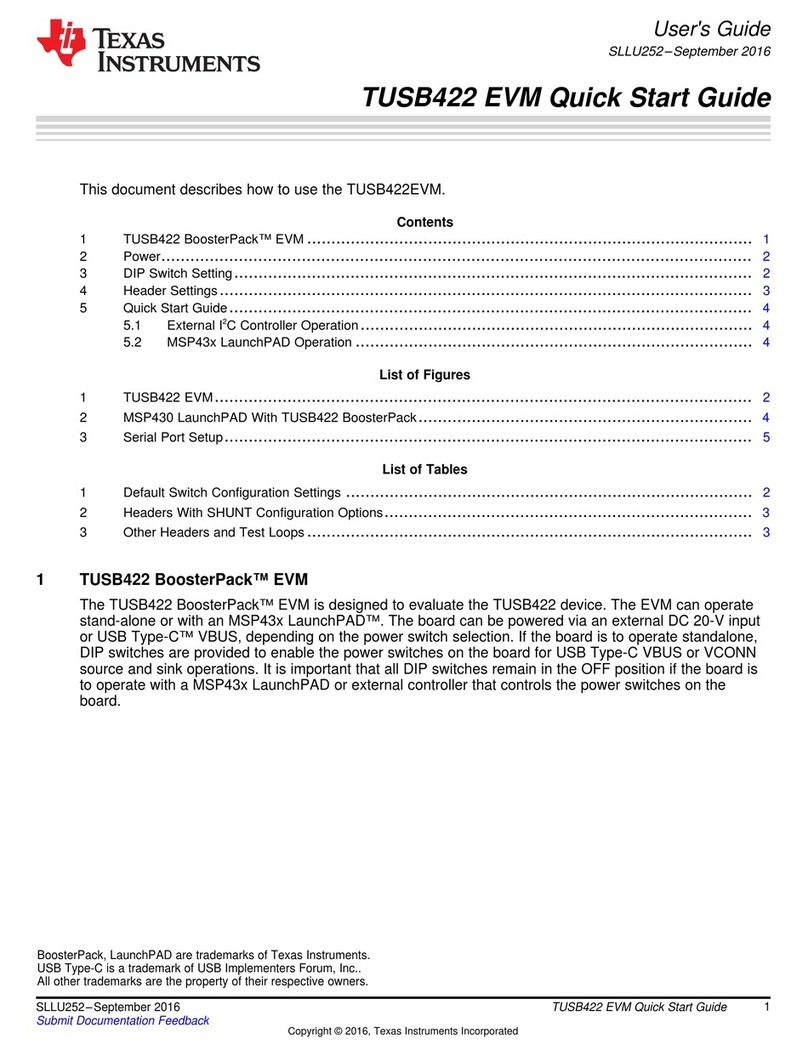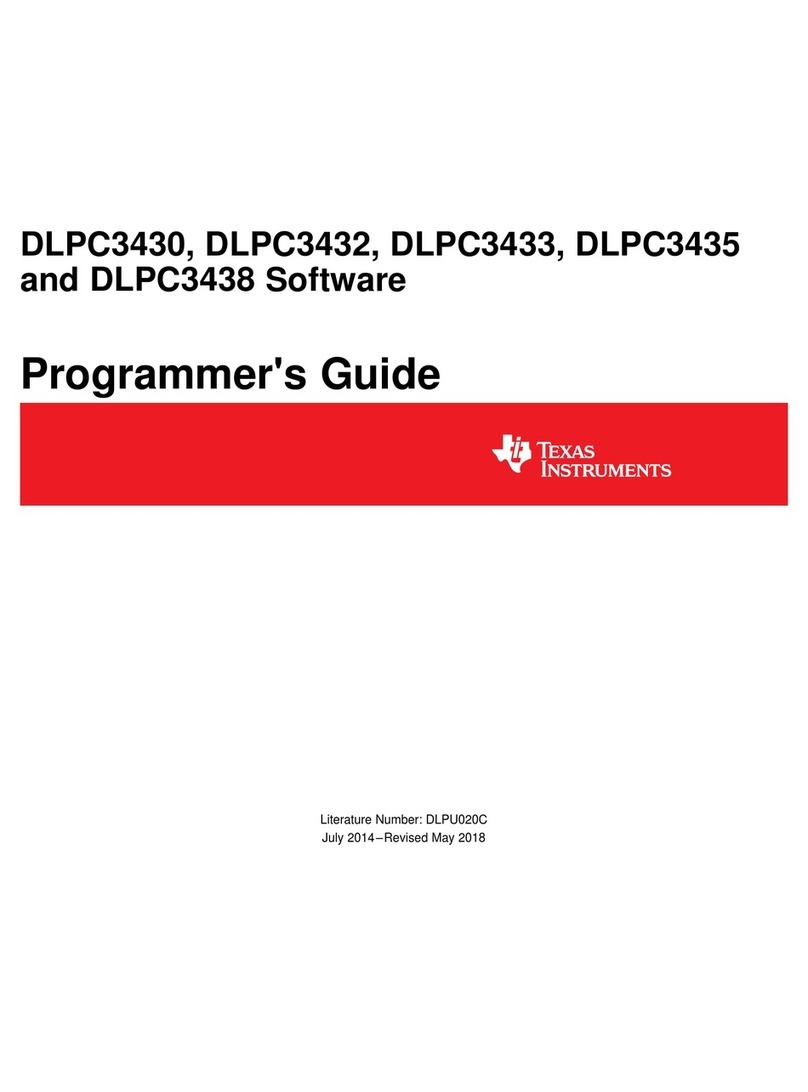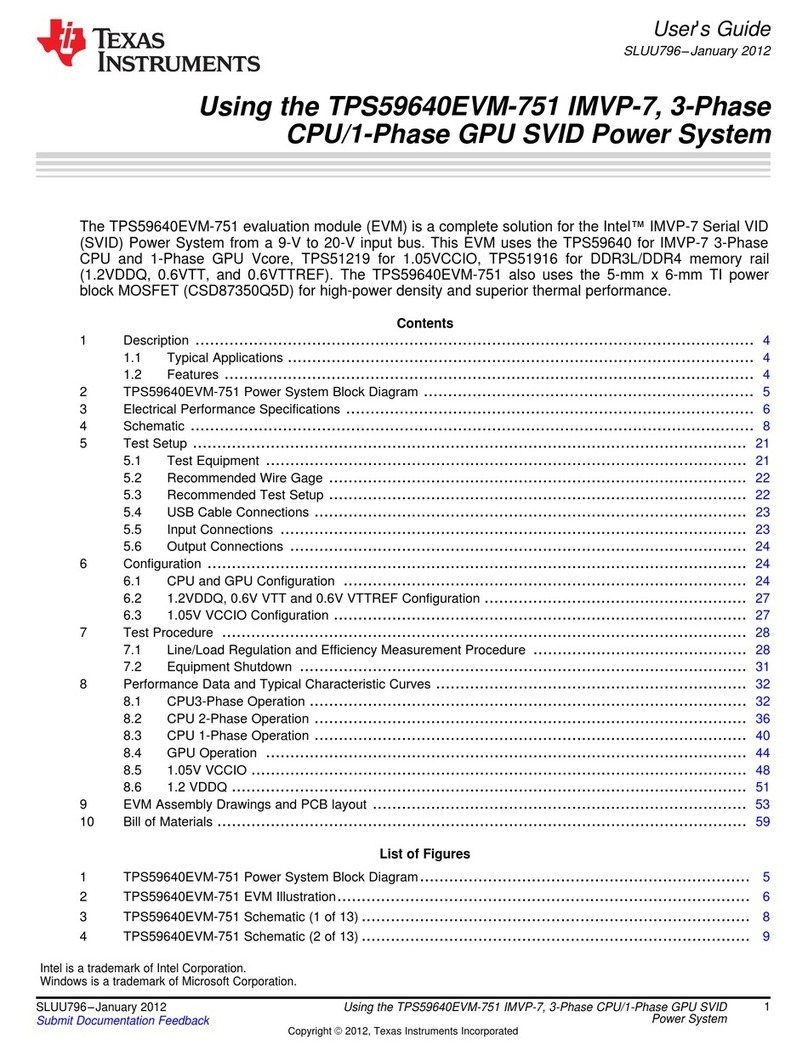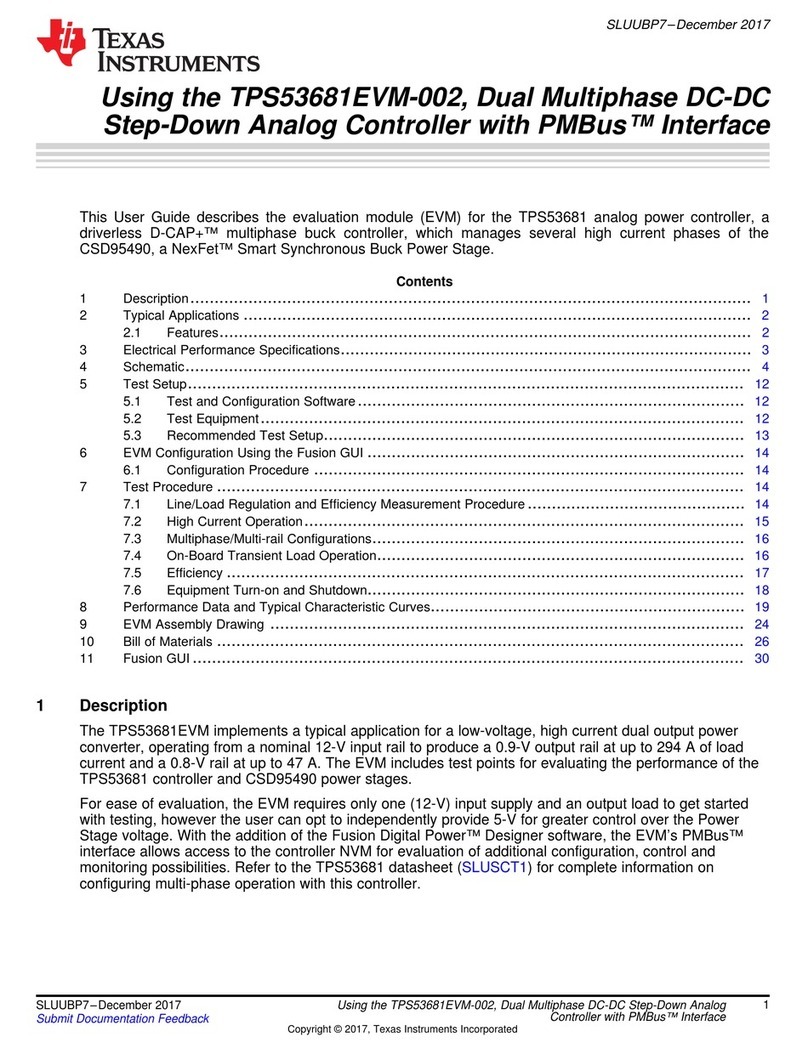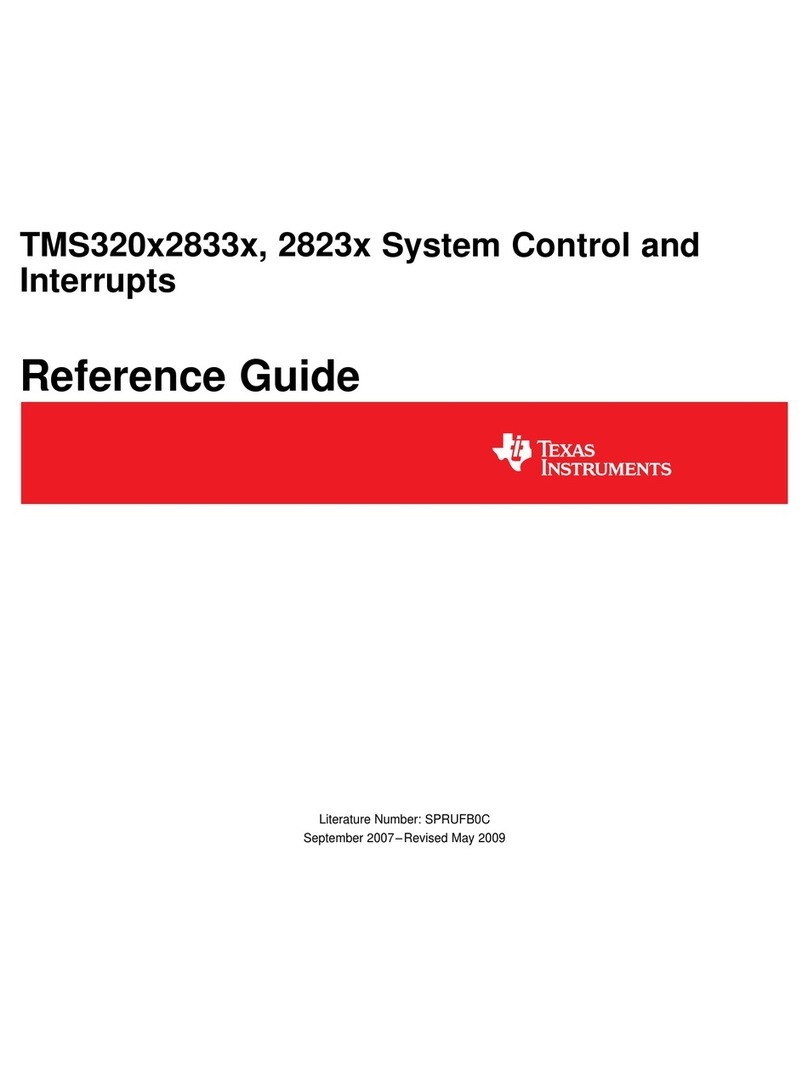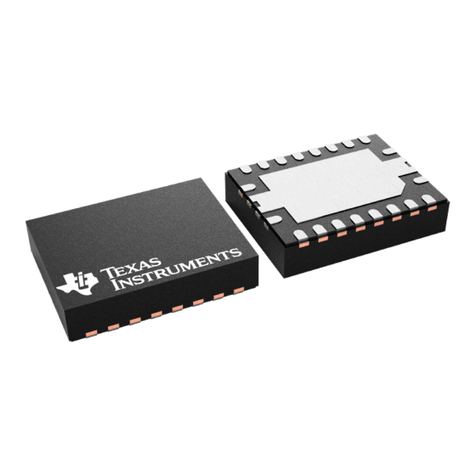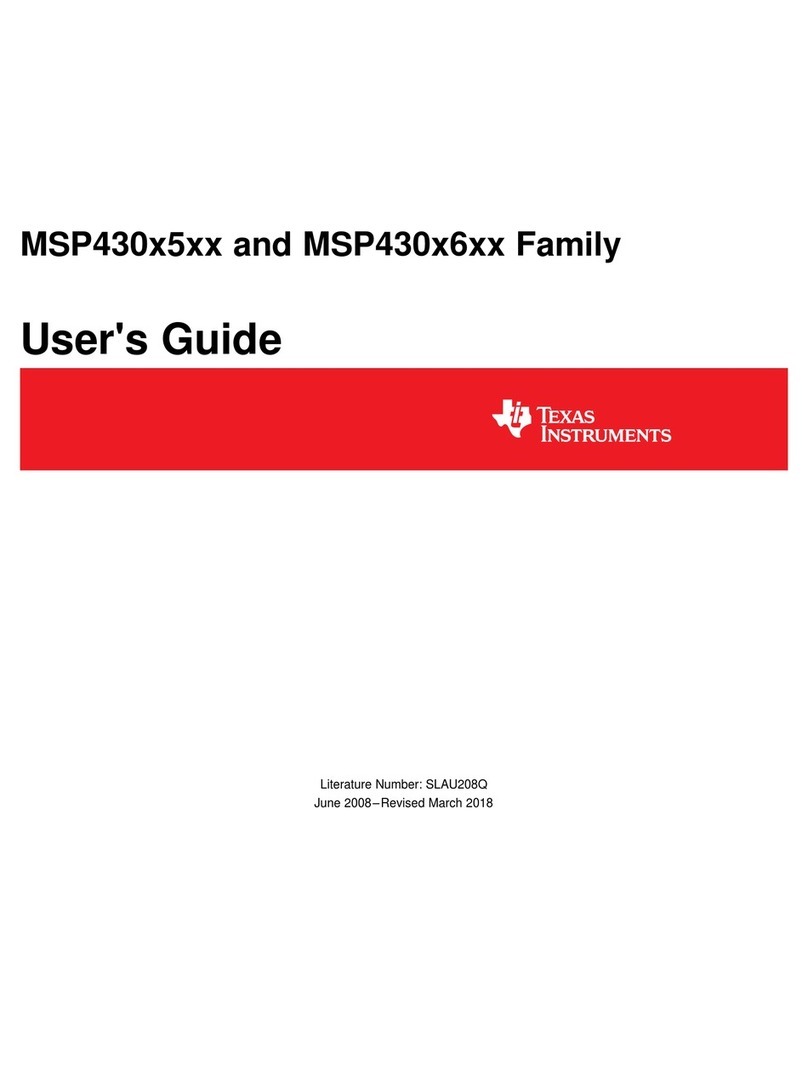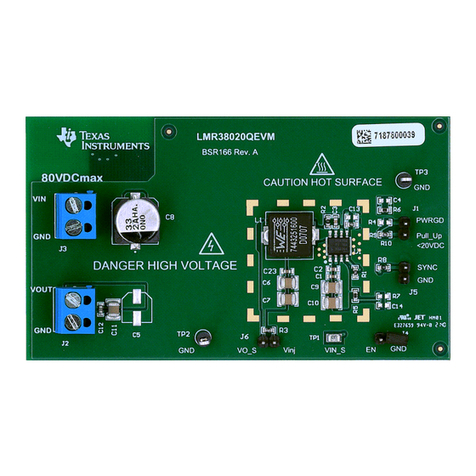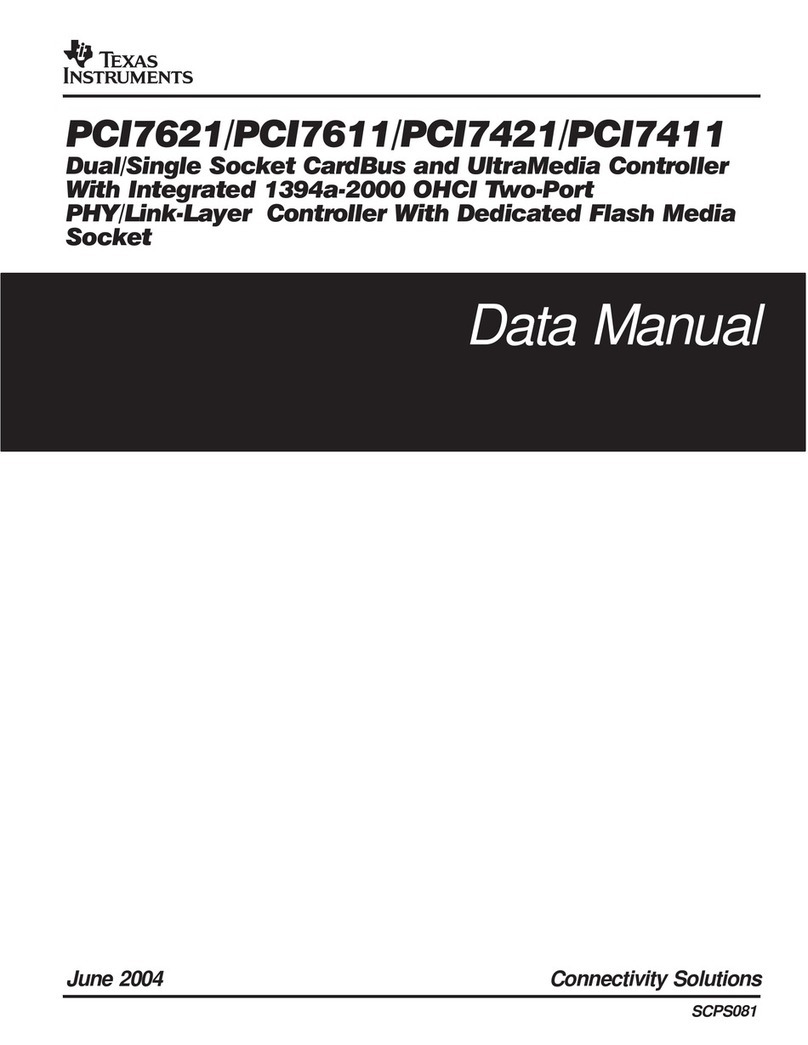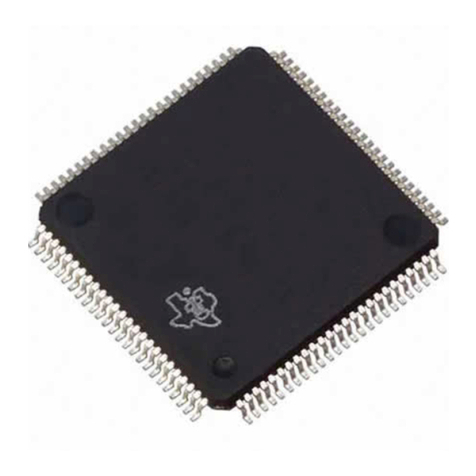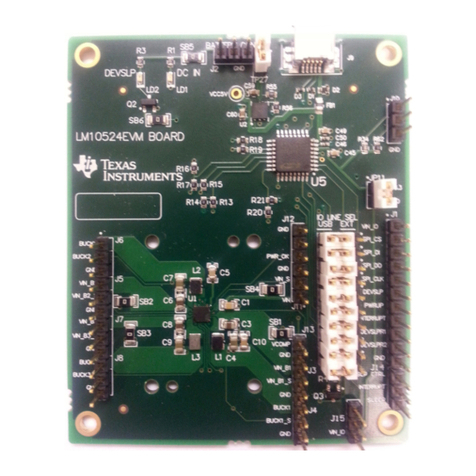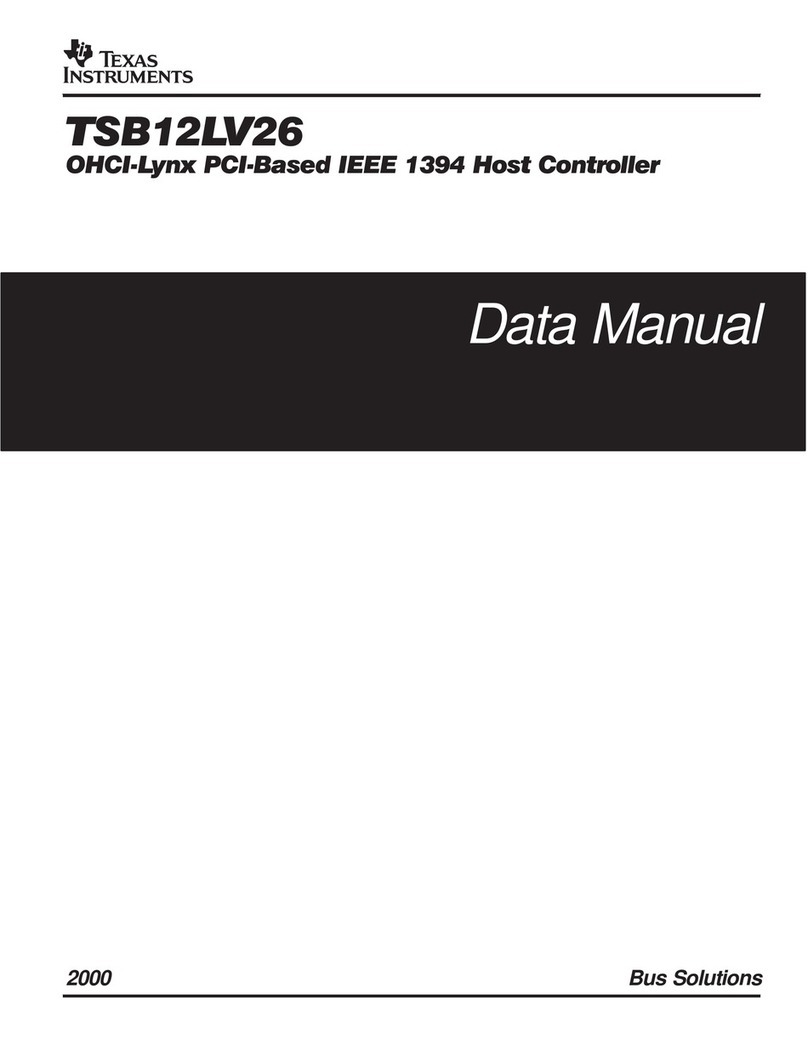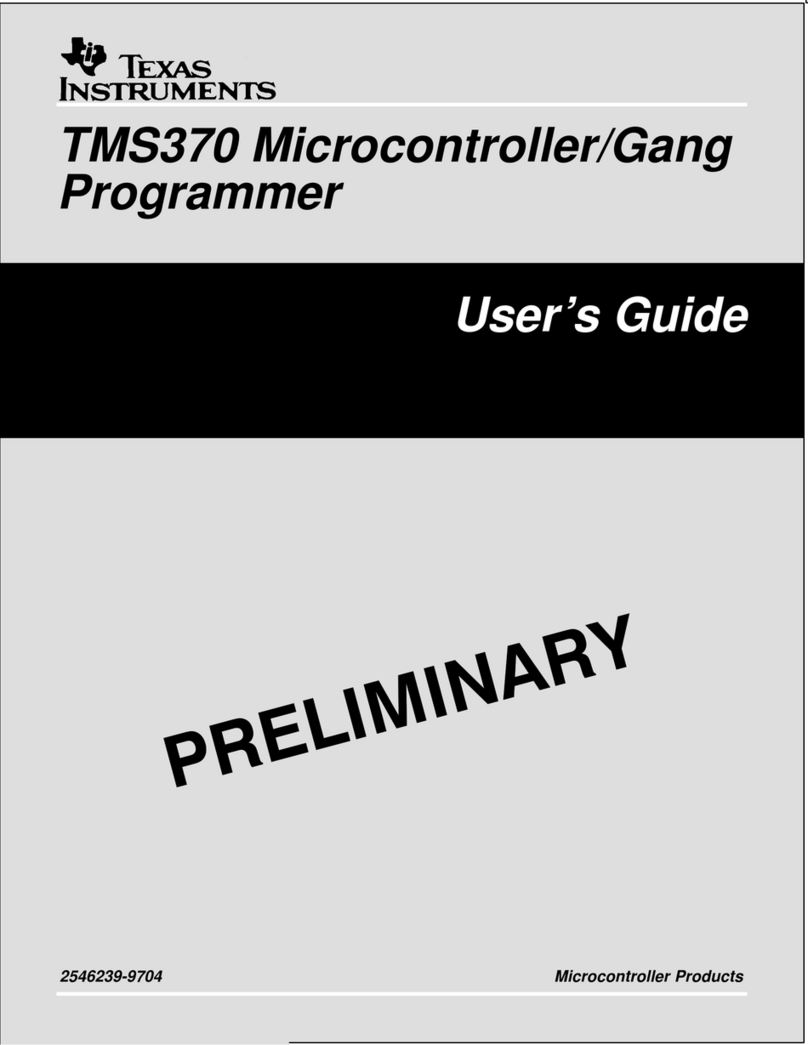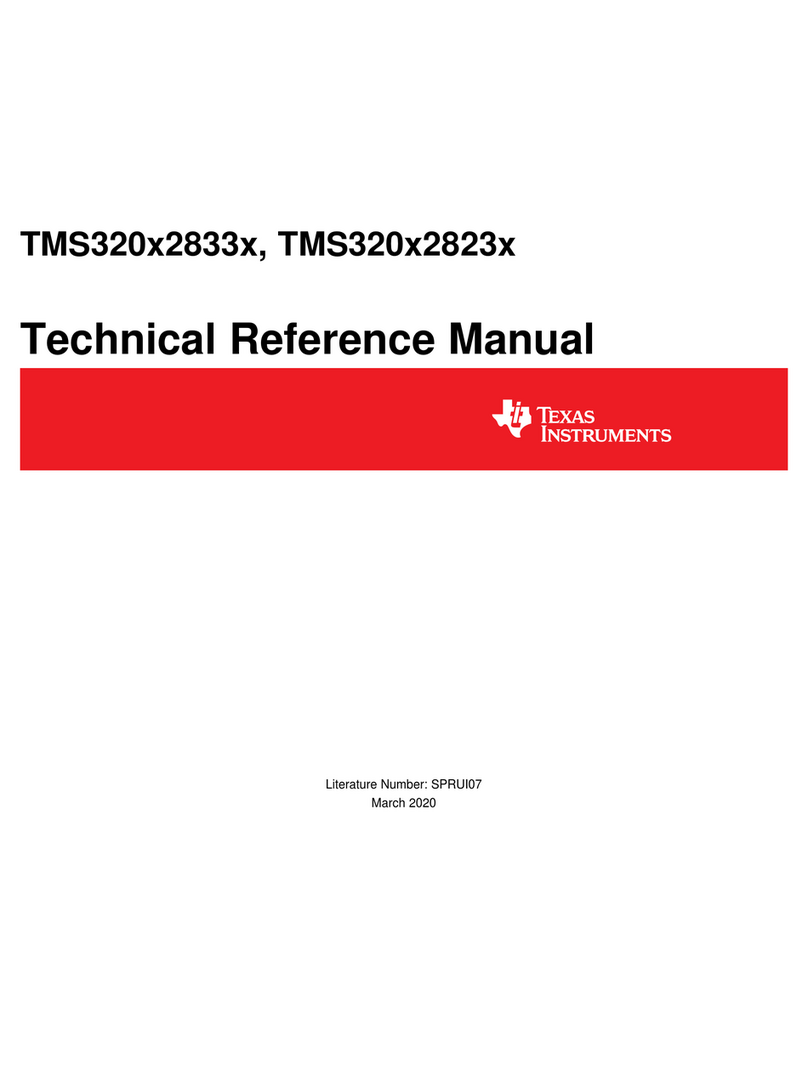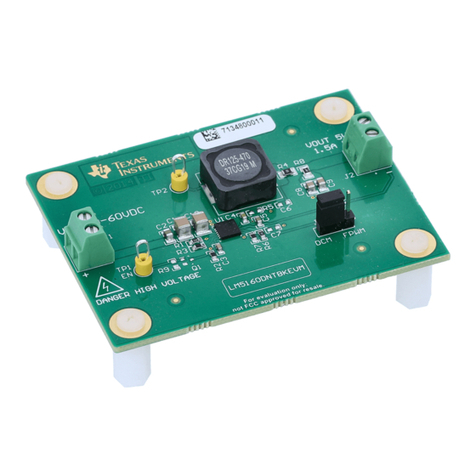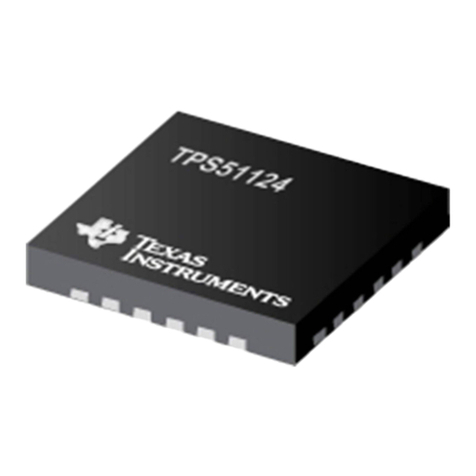
Table of Contents
1 Features............................................................................1
2 Applications..................................................................... 1
3 Description.......................................................................1
4 Revision History.............................................................. 2
5 Pin Configuration and Functions...................................3
6 Specifications.................................................................. 7
6.1 Absolute Maximum Ratings........................................ 7
6.2 ESD Ratings............................................................... 7
6.3 Recommended Operating Conditions.........................7
6.4 Thermal Information....................................................8
6.5 Power Supply Requirements and Characteristics.......8
6.6 Power Consumption Characteristics...........................9
6.7 Power Switch Characteristics..................................... 9
6.8 Cable Detection Characteristics................................11
6.9 USB-PD Baseband Signal Requirements and
Characteristics.............................................................12
6.10 BC1.2 Characteristics............................................. 13
6.11 Thermal Shutdown Characteristics......................... 14
6.12 Oscillator Characteristics........................................ 14
6.13 I/O Characteristics.................................................. 14
6.14 PWM Driver Characteristics....................................15
6.15 I2C Requirements and Characteristics....................15
6.16 SPI Controller Timing Requirements.......................16
6.17 HPD Timing Requirements..................................... 16
6.18 Typical Characteristics............................................ 17
7 Parameter Measurement Information.......................... 18
8 Detailed Description......................................................19
8.1 Overview................................................................... 19
8.2 Functional Block Diagram......................................... 20
8.3 Feature Description...................................................20
8.4 Device Functional Modes..........................................42
9 Application and Implementation.................................. 45
9.1 Application Information............................................. 45
9.2 Typical Application.................................................... 45
10 Power Supply Recommendations..............................55
10.1 3.3-V Power............................................................ 55
10.2 1.8-V Power............................................................ 55
10.3 Recommended Supply Load Capacitance..............55
11 Layout........................................................................... 56
11.1 Layout Guidelines................................................... 56
11.2 Layout Example...................................................... 56
11.3 Component Placement............................................57
11.4 Routing PP_HV1/2, VBUS, PP_CABLE,
VIN_3V3, LDO_3V3, LDO_1V8.................................. 58
11.5 Routing CC and GPIO.............................................59
11.6 Thermal Dissipation for FET Drain Pads.................60
11.7 USB2 Recommended Routing For BC1.2
Detection/Advertisement............................................. 62
12 Device and Documentation Support..........................65
12.1 Device Support....................................................... 65
12.2 Receiving Notification of Documentation Updates..65
12.3 Support Resources................................................. 65
12.4 Trademarks............................................................. 65
12.5 Electrostatic Discharge Caution..............................65
12.6 Glossary..................................................................65
13 Mechanical, Packaging, and Orderable
Information.................................................................... 66
4 Revision History
NOTE: Page numbers for previous revisions may differ from page numbers in the current version.
Changes from Revision C (August 2021) to Revision D (October 2022) Page
• Updated pin image to read Pin 36: SPI_POCI (GPIO8) and Pin 37: SPI_PICO (GPIO9).................................. 3
Changes from Revision B (January 2019) to Revision C (August 2021) Page
• Updated the Features list....................................................................................................................................1
• Updated the numbering format for tables, figures and cross-references throughout the document ..................1
• Globally changed instances of legacy terminology to controller and peripheral where SPI is mentioned.......... 1
• Updated the Applications section....................................................................................................................... 1
Changes from Revision A (August 2018) to Revision B (January 2019) Page
• Changed Pin Description to better clarify that VBUS1 and VBUS2 should be tied together ............................. 3
• Changed Figure 9-1 and Figure 11-1 to use the Correct Pin Numbers ........................................................... 45
Changes from Revision * (May 2018) to Revision A (August 2018) Page
• Changed status from Advance Information to Production Data..........................................................................1
TPS65987D
SLVSES1D – MAY 2018 – REVISED OCTOBER 2022 www.ti.com
2Submit Document Feedback Copyright © 2022 Texas Instruments Incorporated
Product Folder Links: TPS65987D
